Eucharistic adoration for children is a delicate and important matter. Let’s see how we should introduce them to it in the right way, what prayers are most appropriate for the youngest ones before the Most High and how Eucharist should be explained to kids.
Eucharistic adoration is one of the most solemn moments of a mass and, in general, of a Christian’s practice of faith. That moment accompanies the presentation of the bread after its consecration, so that the faithful can adore it. More generally, we talk about Eucharistic adoration every time we turn our prayers and attention towards the tabernacle that stores the Most Holy Sacrament, symbol of Jesus’ presence in every church.

The day the Holy Sacrament landed on space
Perceiving God’s presence while immersed in a particularly majestic and beautiful natural setting is something that has always joined almost…
It’s a very special kind of adoration, because it celebrates the Presence of Jesus Christ in the Eucharist.
Divine and real presence within the consecrated bread is the foundation itself of the Eucharistic celebration and the Devotion to the Most Holy Sacrament. Jesus Christ, true man and true God, became a real and tangible presence thanks to the Eucharist. He renovates his own sacrifice through the renovation of the Eucharistic celebration, descending among men once again through the Most Holy Sacrament.
Through the Eucharistic adoration, we turn our adoration towards God himself, showing him all of our love, faith and gratitude.
Eucharistic adoration as we know it dates back to 1226, when King Luis VII of France wanted to celebrate the win against the Cathars: the Eucharist was displayed in the cathedral of the Holy Cross of Orléans so that the many faithful could see it and adore it.
The initiative was so successful that he decided to make it a fixed event. Before that, Eucharistic celebration did not include adoration from the faithful. The importance of Eucharistic adoration grew more and more with time, until it reached the so-called perpetual Eucharistic adoration in chapels where people can go at any time, day or night.
There are also religious orders that have been continuously dedicating themselves to such devotional practice for more than a hundred years.
The importance of the Eucharistic adoration makes us understand how important it is to teach children how they should pray before the Most High in the right way and full awareness.
How can we teach children to pray before the Eucharist?
During the last few years, eminent priests organized many conferences to try to answer this question and debated on the subject of Eucharistic adoration for children and parents.
First, we need to concentrate on the Eucharist told to children.
It is not easy to explain such a complex and important concept without creating some confusion. Depending on the age of the child, we will have to choose the right words and way to let the kid know how Jesus is within the Eucharist and, consequently, how important it is to turn our prayers towards it.
We could begin by talking about Jesus, how happy he was to spend time with his friends and the people that loved him, so happy and fond of all of them that he wished he never had to leave them. That is why he chose to put a little bit of himself inside the Eucharist, so that his friends could always feel his presence even when he was no longer with them. Not just a simple memory, but also a real and tangible presence.
So, one night, while they were having dinner, he showed them what they should do to feel him close again.
He took a piece of bread and a glass of wine and said that each time they would find themselves at the table to eat bread and drink wine he would be with them.
That is how he invented Eucharist, giving himself to those he loved and becoming bread and wine: by eating and drinking, everyone could become a bit like Him and He could be within all of them. Such wonderful thing happens again each time we celebrate the Mass and the priest blesses bread and wine. In that very moment, Jesus comes back among us.
Then, a little bit of the consecrated bread goes into the Tabernacle: that way, Jesus stays with us even after the Mass in case we have something important to tell him. With these few easy words, we explained the mystery of the Most Holy Sacrament to children.

The next step will be to make children understand what adoration means. It’s not a banal concept even for adults.
Adoring God means pray for him, exalt him, praise him and homage him as Father and Creator.
It’s not just a simple prayer, nor a form of devotion we can address to Mary or the Saints. Adoration is only for God.
How to adore God is another important concept we will have to make children understand. There is not just one way to do it. Everyone must find their own.
We can adore God in church, in a wood, on a beach, or even in our own bedroom. We can adore him in silence or with music, singing or even dancing. Our heart will tell us the best way.
For many children, recognizing Jesus in the Eucharistic bread is almost natural.
Unlike adults, their minds are open to wonders, free and light; therefore, they can embrace such immense mystery with enthusiasm and full confidence. Some of them just need to enter the chapel of adoration to understand that it is a special place, a special moment.
Children’s minds and hearts are far more open to welcome Jesus; it is almost as if there was a direct communication between them and God. After all, Jesus showed his predilection for the young ones many times, he often asked to be visited by little ones. Jesus himself asked for that to his disciples, and still asks for that to all of us today.

Why lighting up a candle in church?
Lighting up a candle in church is a tangible sign of faith. From the baptism candles to votive candles, light as a symbol of love towards God.
Among the many proposals on how to teach Eucharistic adoration to children, one suggestion to bring the youngest ones near it is music, since it can help keeping children still and silent, making them understand the importance of silence in such a solemn moment of prayer.
Music can help them concentrate and understand the solemnity of what they are taking part in, encouraging an appropriate atmosphere that can convey warmth, unity and safety.
The dim light of candles, lights illuminating the Ostensory and white and gold drapes are also other good things.
Of course, one of the first thing we’ll have to take care of while taking the youngest ones to the Eucharistic adoration is that they can easily see the Eucharistic bread. That is where their eyes have to be turned to, the Most Holy Sacrament, so that their concentration will not falter.
The Ostensory must be placed at the same height of their eyes, clearly visible, even better if illuminated by a light that makes it brighter and shinier.
The priest that will guide the little ones in the adoration will have to speak with easy words, using simple formulas about Jesus’ love, of how He is a friend and a Father: I love you Jesus, stay in my heart Jesus, forgive me Jesus, I promise I will be good Jesus, thank you Jesus for the love you feel for me.
He must do that turned towards the Ostensory, so that the children know that Jesus is there, listening to their prayers. Prayers before the Most Holy will have to be child-friendly, using the very same words children would use and will use on their own.
They will have to be declarations of love, of gratitude, of commitment to be better, of hope and thanksgiving.
Of course, we cannot expect that very little children stay still in adoration before the Most Holy for hours. Depending on age, we will have to understand how long they can actually be concentrated on it.

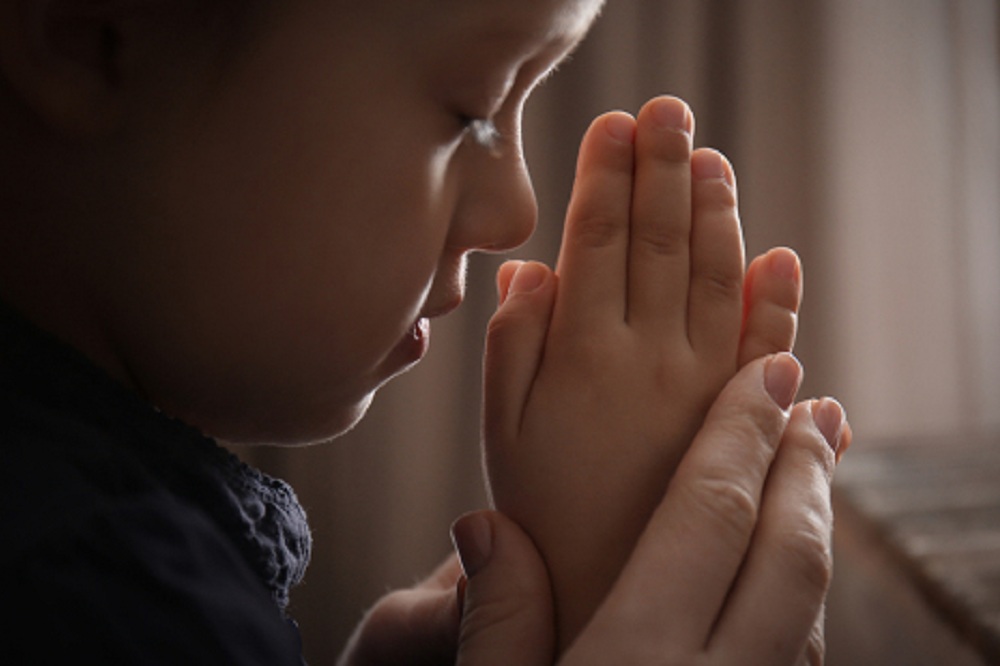
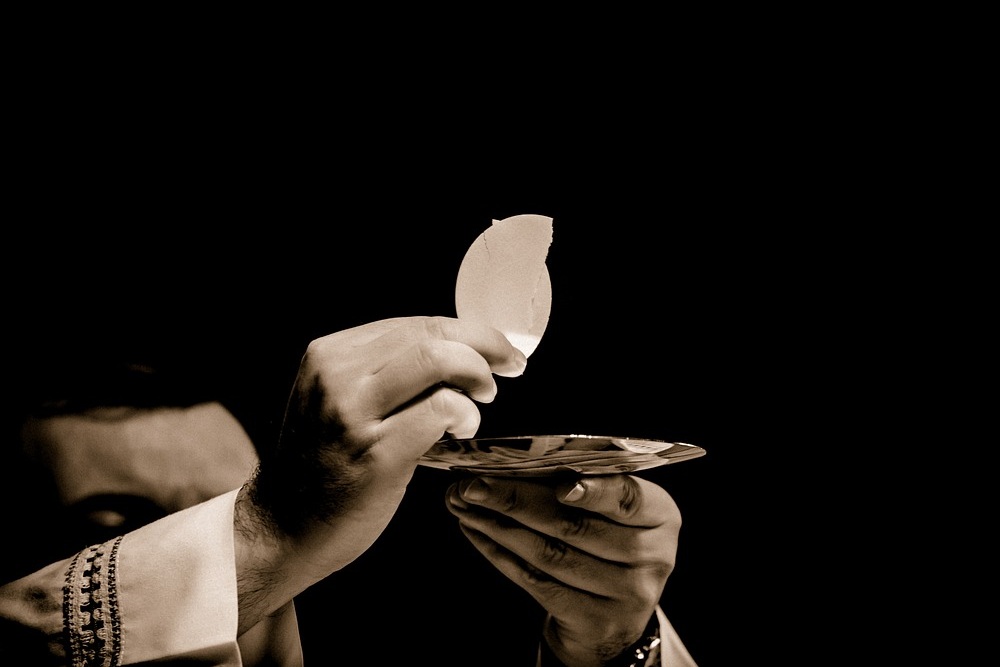

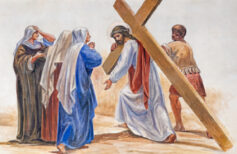

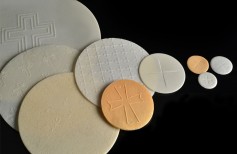
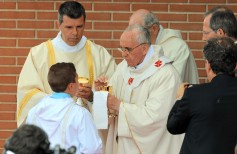
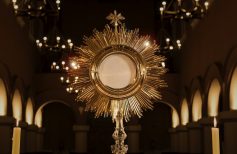
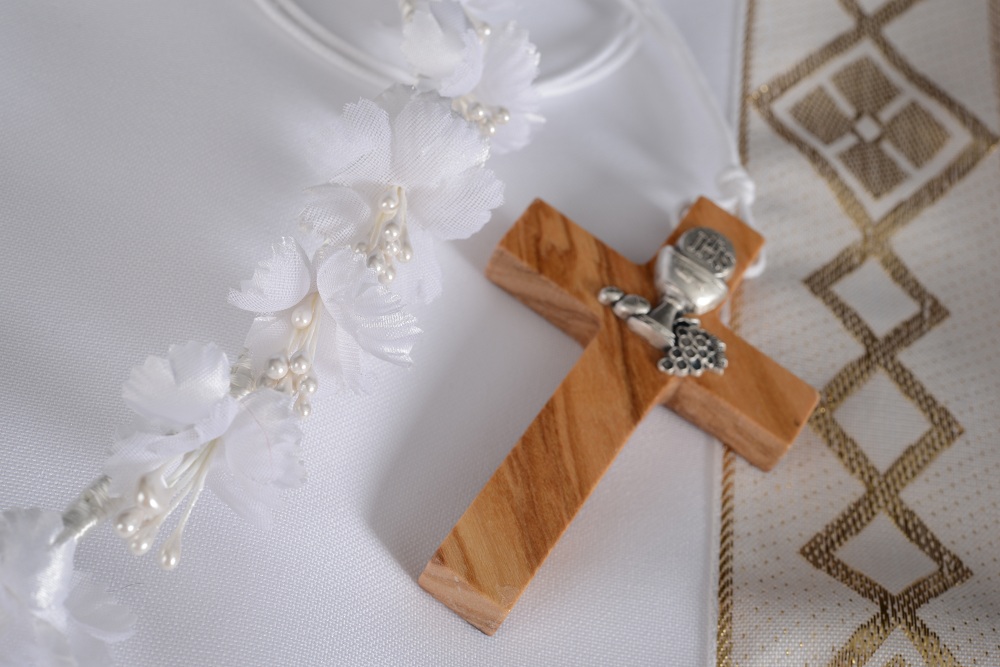
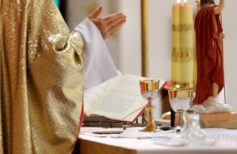








 19 March 2025
19 March 2025






